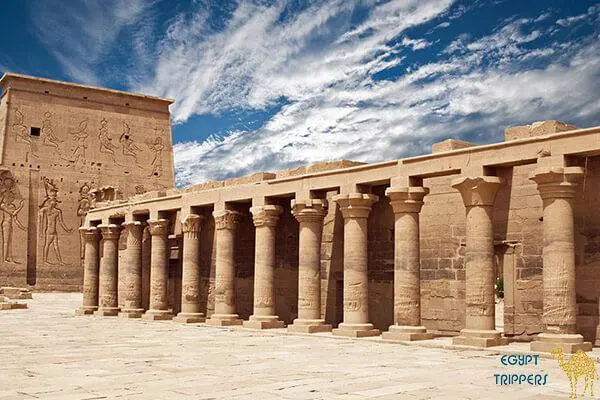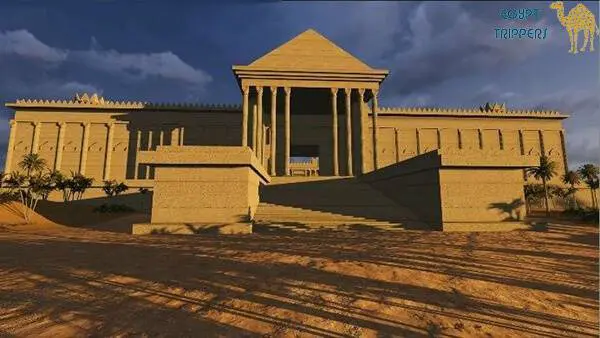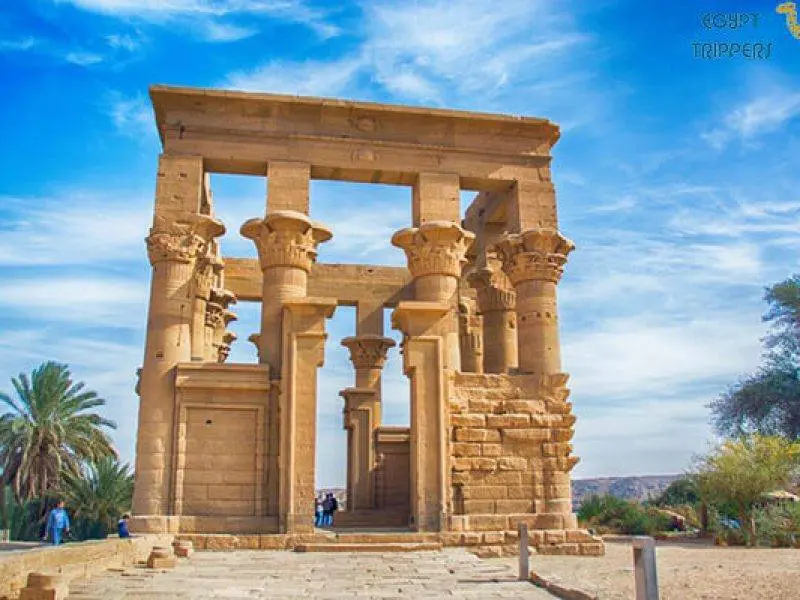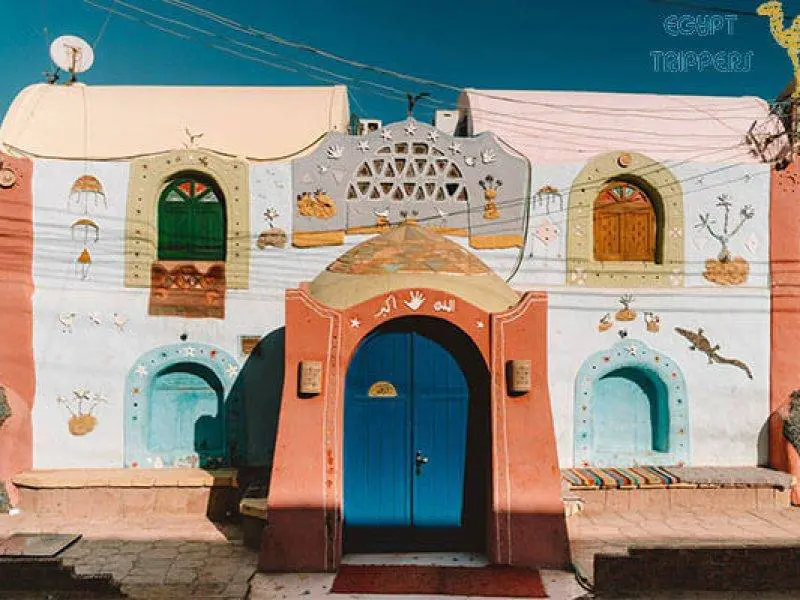What to Expect when you Visit The Temple of Philae?

Located between Aswan High Dam and the old Aswan Dam is the Temple of Philae, an island in River Nile, one of our enjoyable Aswan tours. It is in southern Egypt. The island of Philae was dedicated to the goddess Isis. It was popular for its beauty which earned it the title “Pearl of Egypt.” After the construction of the Aswan Dams in the 1960s, the island became submerged.
Previously, the highest flooding of the River Nile had always been below the granite rocks of the island. However, the old Aswan Dam created a reservoir that led to the gradual submerge of Philae. The flooding ruined the temple. Fortunately, the Egyptian government worked with UNESCO and dismantled the temple.
The temple was rebuilt on its current location, Aglika Island. Aglika is a nearby island with a higher ground than Philae. It was leveled to match the former site of the temple. In 1979, Philae and other ruins in its proximity became UNESCO World Heritage site.
What to See When You Visit The Temple of Philae?
During your visit to Temple of Philae you’ll see the following temples:
1- The Temple of Isis
The cult of Isis had its center on the island of Philae. The Saites built the earliest temple in Philae. However, the Ptolemies dismantled it and reused the stones to construct a temple in the honor of the goddess, Isis. Hadrian, a Roman Emperor, constructed a gate at the west of the temple.
Though there were shrines for other Egyptian deities, the temple of Isis was the main temple on Philae Island. The worship of the goddess continued in the temple after Christianity arrived in Egypt. However, the early Christians later used the temple as a church. They vandalized the temple while trying to erase the images of the ancient gods on the temple walls.
2- The Reconstructed Temple (beauty of the original temple at Philae)
The temple complex at Aglika is one of the spectacular sanctuaries in Egypt. It retained the appearance and some beauty of the original temple at Philae. The reshaped island and careful reconstruction helped to preserve the temple’s layout. In 1980, the attractive temple was reopened.
The reused stones showed no sign of ruin. The colonnades and carvings from ancient times are once again available to visitors at the temple. The temple complex had survived the eras: the era of the Pharaohs, the Ptolemies, the Roman, and the Christians.
3- The Temple Complex
Some of the columns restored at Philae by Ptolemy II were reconstructed at Aglika. Their upper parts have the heads of Hathor while the lower have various floral forms. Colonnades line both sides of the outer court of the temple. The colonnades at the left have shafts that show Tiberius presenting offerings to the Egyptian deities.
Nero is shown above the window between the first couple of columns, offering two eyes to The Lord of the Two Lands, Horus, and Isis. The decorations on the ceiling show flying vultures and stars. The mighty figures of Ptolemy XII, Neos Dionysos, stood on each of the two towers of the gigantic Entrance Pylon.
The decoration shows the king holding the enemies by their hair and his club raised to smite them before the gods. The figures depict how the Ptolemaic Kings overpowered enemies of Egyptian traditions and honored the customs. Though they built the temple to please the Egyptians, they also praised themselves for their deeds.
At the entrance of the temple are two guard lions which compose of granite. They are a sign of Byzantine influence and are from the late Roman era. An image of Pharaoh Nektanebos dancing before the gods is on the lintel of the entrance between the pylon’s two towers. Regarded as the “Son of the Sun-god,” the king was powerful.
When you pass through the gateway, you enter the Great Court. The priests’ quarters and colonnade are at the right. Towards its left is the Birth House, which is a small building. The carvings on it depict the life of Isis’ son, Horus: from his birth to adulthood. The Birth House has three chambers. A scene of the birth of Horus is on the rear wall of the third chamber.
From the Great Court, you will pass a smaller pylon beyond which lies the temple. The Isis temple comprises four sections. They include an ante-chamber, the sanctuary, a hypostyle hall, and a small open court. The walls of the temple have ritual scenes of the Ptolemaic Pharaohs and Roman Emperors.
Among these reliefs are some showing the rulers consecrating the holy place and making offerings to the Egyptian deities. Screen walls separate the court from the Hypostyle Hall. A doorway from the hall leads to the ante-chamber. Inside the sanctuary is a pedestal with the statue of Isis. Storerooms and priestly chambers surround the sacred area.
The walls of the temple have scenes of Egyptian mythology. A visit to this spectacular site will give you an insight into Egyptian traditions.






Leave a Reply